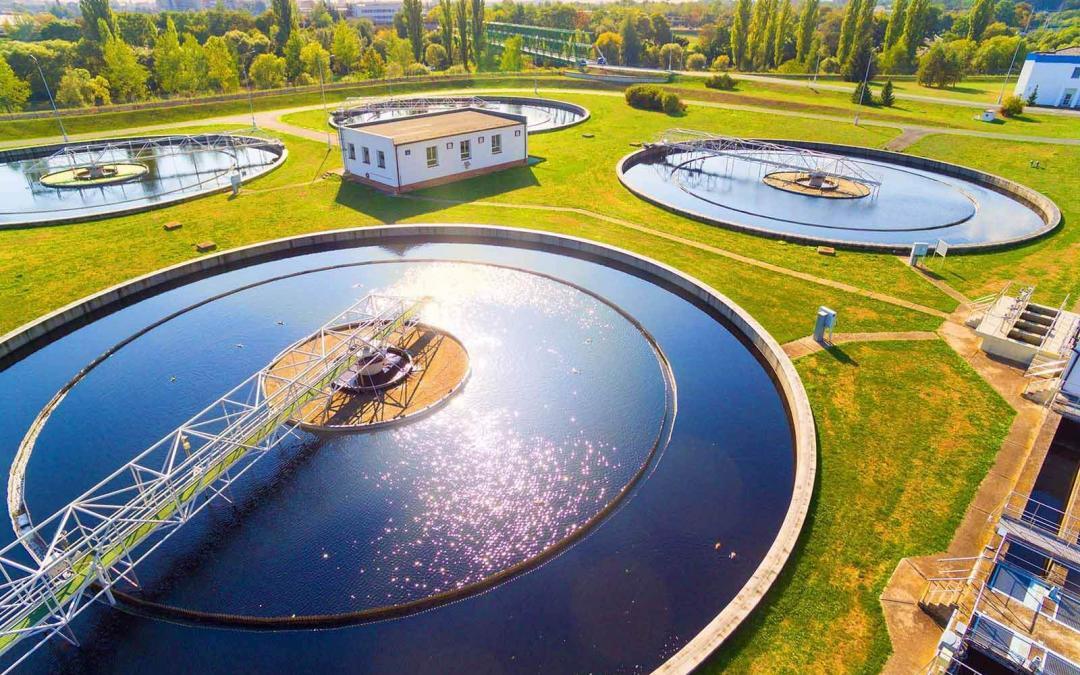
Commercial Wastewater Reuse Methods: Transforming Liquid Waste into a Sustainable Resource
In the pursuit of sustainable business practices and responsible water management, commercial enterprises are increasingly turning to innovative methods for the reuse of wastewater. This article explores various wastewater reuse methods employed by commercial entities, emphasizing the environmental and economic benefits of incorporating these practices into industrial operations.
**1. Membrane Filtration Technologies: a. Reverse Osmosis (RO): Commercial facilities often utilize RO technology to remove contaminants, ions, and impurities from wastewater. This method is particularly effective in producing high-quality water suitable for various industrial processes.
b. Ultrafiltration (UF): UF membranes are employed to separate suspended solids and microorganisms, providing a reliable method for treating wastewater before reuse.
**2. Biological Treatment Processes: a. Activated Sludge Process: In this biological treatment method, microorganisms break down organic matter in wastewater, producing a treated effluent that can be reused for non-potable purposes.
b. Constructed Wetlands: Some commercial enterprises implement constructed wetlands, where aquatic plants and microorganisms naturally treat wastewater. This eco-friendly approach is especially suitable for treating agricultural and industrial wastewater.
**3. Advanced Oxidation Processes (AOPs): a. Ozonation: Ozonation involves the injection of ozone into wastewater, promoting the breakdown of pollutants and organic compounds. This method is effective in treating complex industrial effluents.
b. UV Treatment: Ultraviolet (UV) light is employed to disinfect and break down contaminants in wastewater, offering a chemical-free option for commercial wastewater treatment.
**4. Chemical Precipitation: a. Coagulation and Flocculation: Chemicals are added to wastewater to facilitate the clumping of particles, making them easier to remove. This method is commonly used in conjunction with other treatment processes.
b. Chemical Disinfection: Chlorination or other chemical disinfection methods are employed to eliminate pathogens in wastewater, ensuring that the treated water meets quality standards for reuse.
**5. Zero-Liquid Discharge (ZLD) Systems: a. Evaporation and Crystallization: ZLD systems focus on minimizing wastewater discharge by recovering and reusing water through methods like evaporation and crystallization. This approach is particularly relevant in industries with stringent environmental regulations.
Benefits of Commercial Wastewater Reuse:
- Resource Conservation: Reusing wastewater reduces the demand for freshwater resources, contributing to overall water conservation efforts.
- Cost Savings: Commercial enterprises can realize significant cost savings by reusing treated wastewater instead of relying solely on freshwater sources for industrial processes.
- Environmental Stewardship: Implementing wastewater reuse methods aligns with corporate sustainability goals, demonstrating a commitment to environmental responsibility and reduced ecological impact.
- Regulatory Compliance: Many regions encourage or mandate the implementation of wastewater reuse practices, ensuring compliance with environmental regulations and promoting a socially responsible image.
Challenges and Considerations:
- Initial Investment: The adoption of advanced wastewater treatment technologies may require a significant initial investment, posing a challenge for some businesses.
- Public Perception: Overcoming public concerns about the safety and acceptance of products or services associated with treated wastewater can be a hurdle for commercial enterprises.
- Operational Complexity: Integrating wastewater reuse methods into existing industrial processes may require adjustments and increased operational complexity.
Conclusion:
Commercial wastewater reuse methods are ushering in a new era of sustainable industrial practices. As businesses recognize the benefits of treating and reusing wastewater, these methods are becoming integral to corporate responsibility strategies. With ongoing technological advancements and a growing emphasis on environmental stewardship, the commercial sector is poised to play a crucial role in shaping a future where wastewater is viewed not as a burden but as a valuable resource for sustainable growth.


